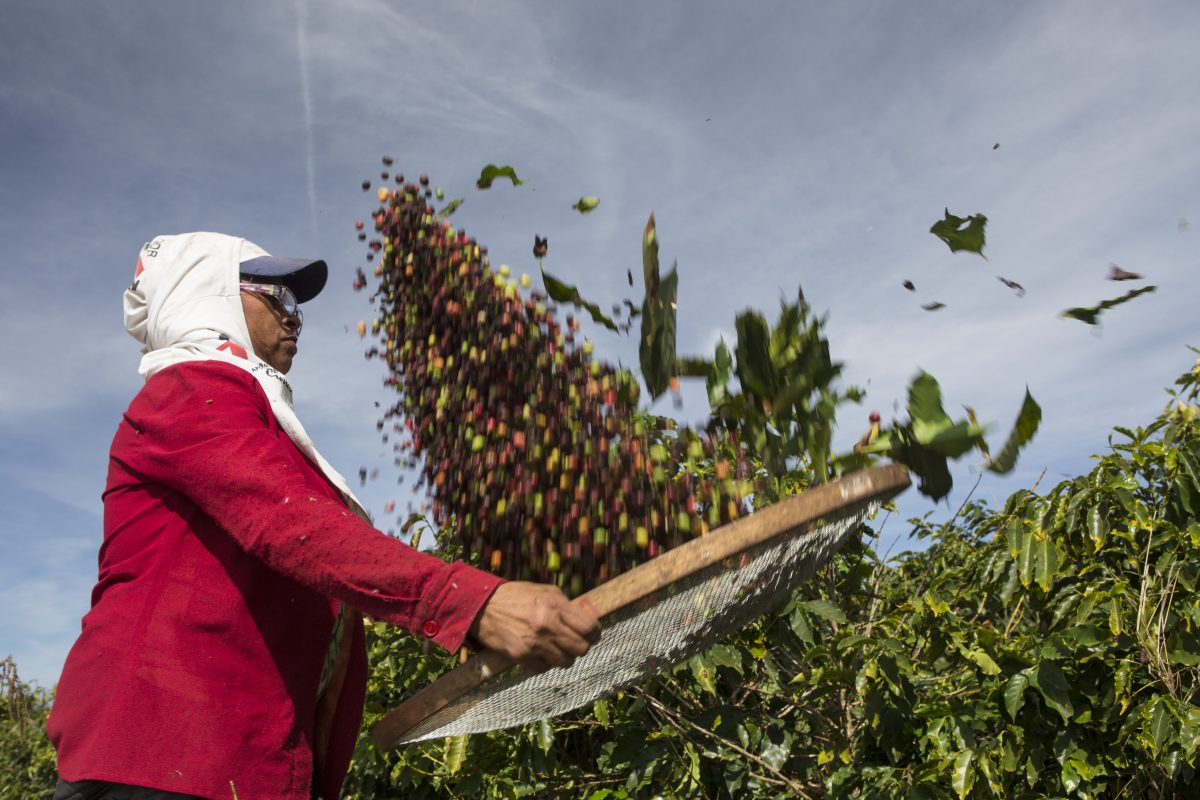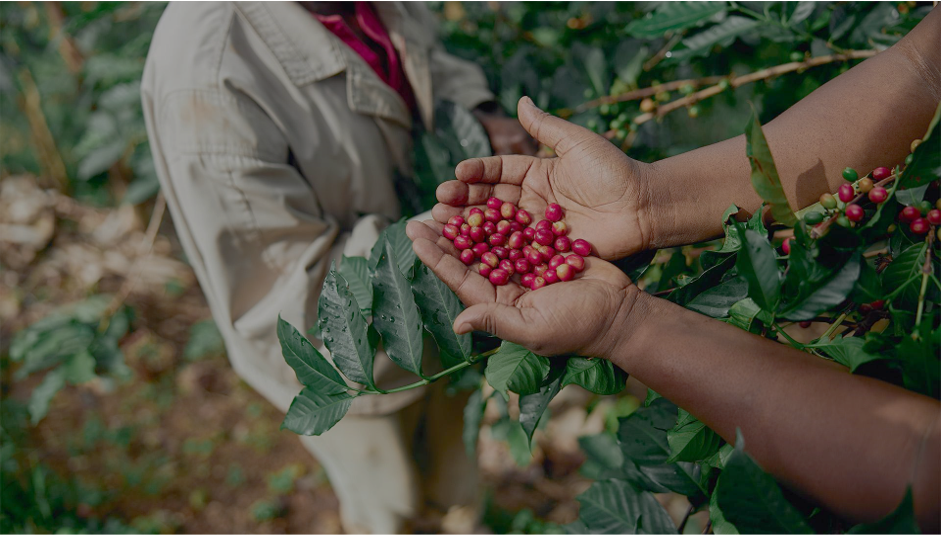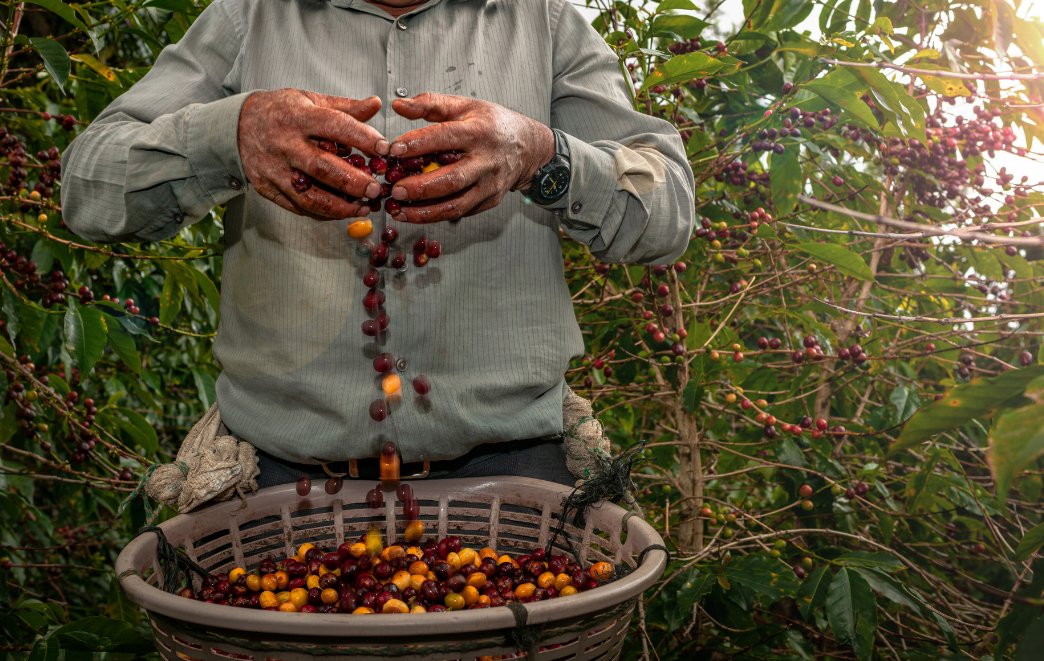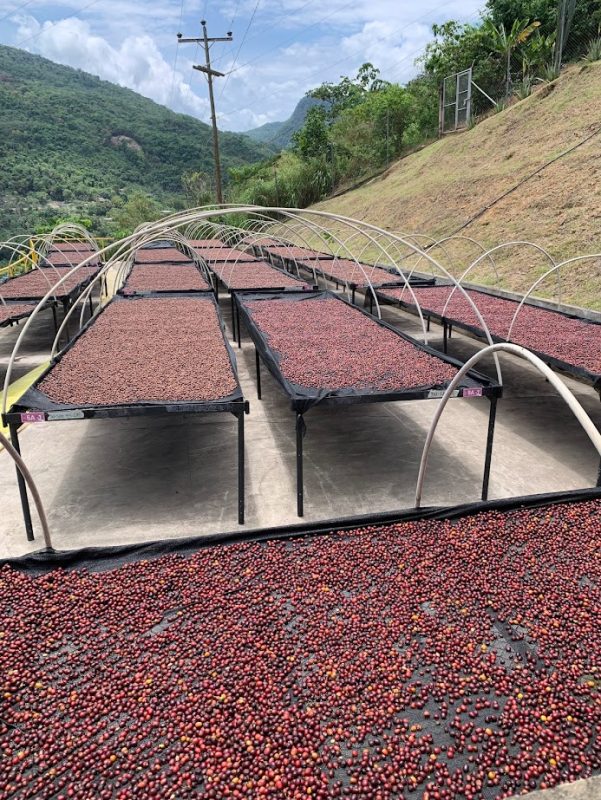South America
Latin America
The Cornerstone of Global Coffee Production
Latin America stands as the cornerstone of global coffee production, offering an invaluable wealth of varieties, microclimates, and flavor profiles. From the mountains of Colombia and the Andean slopes of Peru to the vast farms of Brazil and the secluded valleys of Bolivia, the region combines technical excellence, cultural identity, and geographic diversity.
Roughly 90% of the coffee produced in Latin America is Arabica. Most countries rely on sustainable practices, manual harvesting, and meticulous cherry selection. Processing methods range from traditional washed to experimental techniques such as anaerobic fermentation, honey, and natural — with a strong presence of microlots and frequent participation in competitions like the Cup of Excellence.
Latin America is more than just a production powerhouse — it is a living, breathing ecosystem of stories, families, communities, and terroirs that express the soul of every coffee bean.

Brazil
Key Producing Region
Minas Gerais, São Paulo, Espírito Santo, Bahia, Paraná
Harvest
- Season: May – September (depending on region)
- Peak: June – August
- Methods: Both manual and mechanical harvesting (enabled by flat terrain)
Unique Characteristics
- The world’s largest coffee-producing country (coffee cultivated in 14 states)
- Pioneer in mechanical harvesting and agricultural technology applications
- Great diversity in varieties and processing methods
- Strengthening of smallholders through cooperatives and microlots promoted via COE competitions
- Strong presence in international auctions and the specialty coffee segment

Grading System
Unlike other producing countries, Brazil does not classify coffee by altitude. Instead, classification is based on:
- Processing method
- Bean size (screen size, e.g., 17/18)
- Cup quality (Strictly Soft, Soft, Hard, Rioy)
Main Varieties
Bourbon, Mundo Novo, Catuai, Caturra, Icatu, SL28, Obatã, Arara, Catuaí Vermelho/Amarelo
Global Production Rank: #1
Average Annual Production: Over 60,000,000 bags (60 kg each)
Cultivated Area: Over 2,200,000 hectares
Processing Methods: Primarily Natural, Pulped Natural, and to a lesser extent, Washed
Arabica Share: ~75% | Robusta (Conilon): ~25%
Colombia

Global Production Rank: #3
Average Annual Production: ~11,500,000 bags (60 kg each)
Cultivated Area: ~870,000 hectares
Processing Methods: Primarily Washed (wet processed), with growing interest in Honey and Natural
Arabica Share: 100%
Grading System
Colombian coffee is classified according to:
- Bean size: Supremo (larger screen), Excelso (medium screen)
- Origin: Based on specific growing regions
Main Varieties
Typica, Bourbon, Caturra, Castillo, Colombia, Tabi, Geisha
Key Producing Regions
Huila ,Nariño ,Antioquia ,Tolima ,Cauca ,Caldas
Other important regions: Quindío, Risaralda, Valle del Cauca, Santander
Harvest
- Main season: October – January
- Secondary season (fly crop): April – June (depending on the region)
Colombia benefits from two annual harvests thanks to its varied climate.
Unique Characteristics
- Exceptional geographic diversity — the Andes split into three distinct mountain ranges, creating diverse microclimates
- 100% Arabica production with strict traceability and quality control enforced by the FNC (National Federation of Coffee Growers)
- Unique ability to produce coffee nearly year-round
- Juan Valdez is a globally recognized symbol of Colombian coffee identity
- Rapid innovation in microlots, experimental processing, and new varieties
Peru
Global Production Rank: #9
Average Annual Production: ~4,200,000 bags (60 kg each)
Cultivated Area: ~425,000 hectares
Processing Methods: Primarily Washed, with growing presence of Honey and Natural in microlots
Arabica Share: Over 95%
Grading System
Coffee quality in Peru is evaluated based on:
- Origin and Altitude
- Bean size (screen size)
- Cupping score (SCA standards)

Main Varieties
Typica, Bourbon, Caturra, Catimor, Pache, Mundo Novo, Geisha
Key Producing Region
Cajamarca ,Cusco ,San Martín ,Junín ,Amazonas
Other regions: Pasco, Huánuco, Puno, Ayacucho
Harvest
- Season: April – September (depending on region)
- Peak: May – July
- Method: Selective hand-picking of ripe cherries
Unique Characteristics
- Strong base of smallholder producers — 98% of farms are under 3 hectares
- Significant presence of organic and Fair Trade production (Peru is among the world’s top organic coffee producers)
- Rich diversity of microclimates and high elevations across the Andes
- Ongoing development of the specialty segment through microlots and the Cup of Excellence
- Coffee plays a vital socioeconomic role in indigenous Andean and jungle communities
Bolivia

Global Production Rank: #33–35 (variable)
Average Annual Production: ~100,000–120,000 bags (60 kg each)
Cultivated Area: ~22,000 hectares
Processing Methods: Primarily Washed, with growing interest in Honey and Natural
Arabica Share: 100%
Grading System
Bolivia does not have an official national grading system. Quality is mainly assessed through cupping scores and origin (microlot-based).
Main Varieties
Typica, Caturra, Catuaí, Bourbon, Gesha, Java, SL28
Key Producing Regions
Yungas (La Paz) ,Caranavi ,Cochabamba ,Santa Cruz
Harvest
- Season: May – September
- Peak: June – August
- Method: Manual harvesting on steep slopes, selective picking of ripe cherries
Unique Characteristics
- 95% of coffee production comes from smallholder farmers and cooperatives
- High biodiversity and shade-grown cultivation practices
- Remote growing areas and limited infrastructure impact export volumes
- Supported by international programs focused on traceability and quality enhancement (e.g., USAID, Sol de la Mañana)
